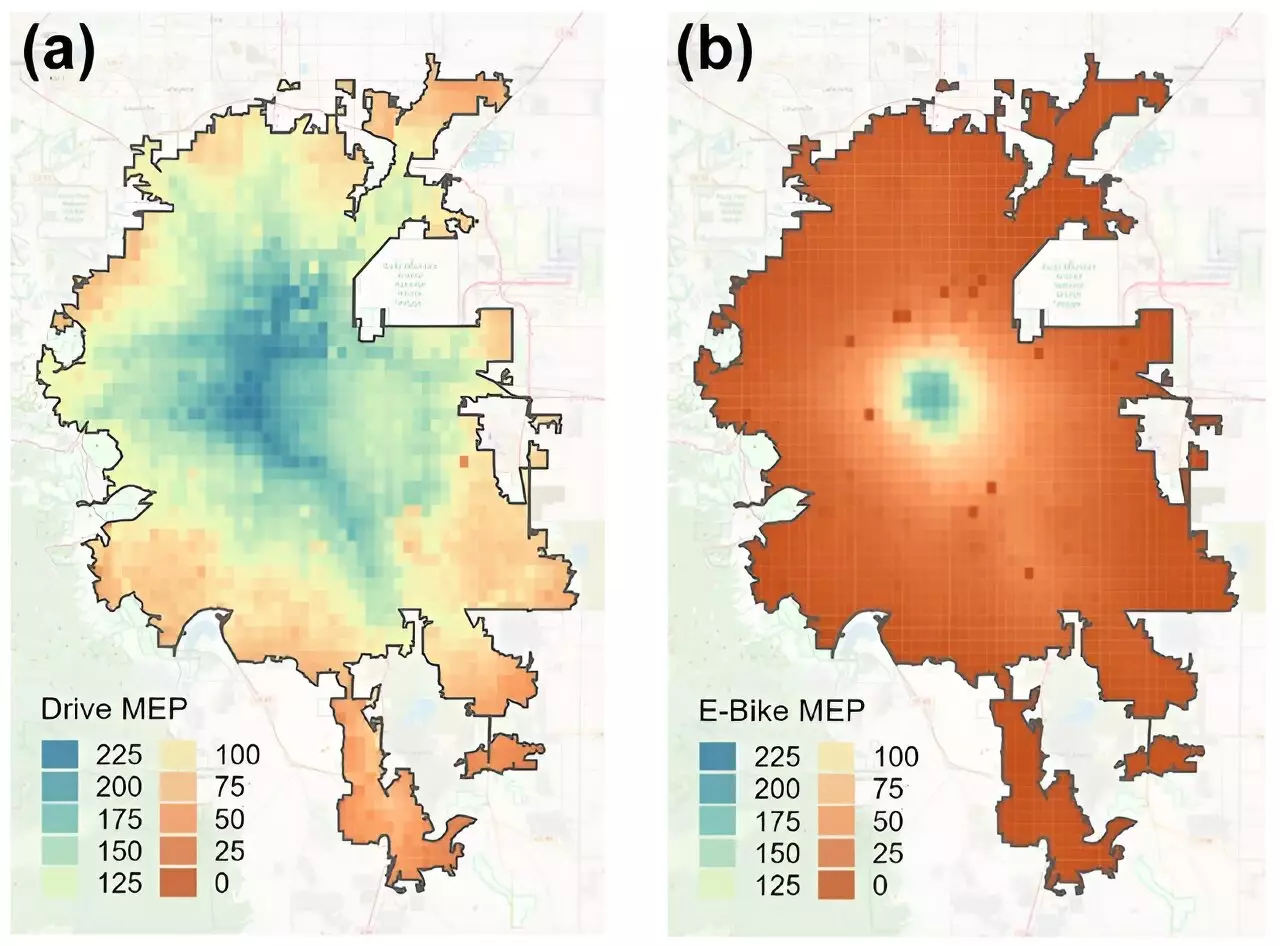In recent years, the adoption of electric bikes (e-bikes) has gained momentum as an alternative mode of transportation. With the potential to improve mobility for certain groups, the overall quality and efficiency of e-bikes compared to cars have become a subject of interest and evaluation. The National Renewable Energy Laboratory (NREL) researchers have utilized innovative tools to collect comprehensive data and assess the impacts of e-bikes on transportation systems. By integrating the Open Platform for Agile Trip Heuristics (OpenPATH) and the Mobility Energy Productivity (MEP) metric, NREL aims to provide valuable insights for transportation practitioners and planners. Through the examination of NREL’s research on the provision of e-bikes to low-income essential workers in Colorado, this article sheds light on the potential benefits of e-bikes in terms of time, cost, energy efficiency, sustainability, and equity.
The combination of OpenPATH and MEP serves as a powerful tool to evaluate emerging transportation modes like e-bikes. OpenPATH is an open-source travel data collection application that provides real-world data, while MEP is a multidimensional mobility metric that quantifies the efficiency of a region’s transportation system. Together, these tools enable transportation practitioners and planners to examine the impacts of e-bikes on accessibility to opportunities. NREL’s integration of OpenPATH data and MEP calculations revealed that several locations in downtown Denver showcased time-, cost-, and energy-efficient access to opportunities using e-bikes compared to driving.
In the article titled “Mobility Energy Productivity and Equity: E-Bike Impacts for Low-Income Essential Workers in Denver,” NREL researchers emphasize the importance of providing e-bikes to low-income essential workers. Through their analysis, they found that these workers primarily used e-bikes for commuting to work, indicating a meaningful impact. However, it is worth noting that driving remained their most frequent travel mode in general. The research highlights the significance of considering equity when evaluating the potential benefits of e-bikes.
MEP, a comprehensive metric that measures the ability of a region’s transportation system to connect individuals to goods, services, employment opportunities, and other activities, provides valuable insights into mobility efficiency. In Denver, e-bikes exhibited an MEP of 34, surpassing manual bikes’ MEP by over twice as much (16). This analysis indicates that e-bikes offer more time-, energy-, and cost-efficient access to opportunities compared to manual bikes. Additionally, e-bikes showcased comparable magnitudes of efficiency to driving in Denver’s central business district, thanks to its well-connected network of paths accessible to bikes and e-bikes. However, infrastructural limitations prevented modes such as walking, biking, and e-biking from obtaining an MEP score in certain locations.
By comparing the e-bike-to-drive MEP ratio across Denver, researchers identified 12 areas where the e-bike MEP was comparable in magnitude to the drive MEP, offering 80% or more energy-efficient access as driving. Notably, the location near the Colorado State Capitol exhibited an MEP score that was 94% comparable to driving. This finding underscores the importance of density in urban mobility trends. Regions with higher densities tend to have a higher number of shorter-distance trips, reinforcing the potential benefits of e-bikes in urban settings. However, urban sprawl poses challenges for e-bike efficiency, as the time advantage of driving outweighs the cost and energy required for accessing sparser opportunities in suburban areas.
The research conducted by NREL highlights the role of new mobility technologies such as e-bikes in addressing sustainability and equity issues in transportation planning. As one of the smallest electric vehicles available, e-bikes offer cost and energy efficiency benefits compared to traditional automobiles. Vehicle electrification, coupled with a decarbonized electric grid, presents opportunities for reducing transportation-related greenhouse gas emissions. With supportive policies and incentive programs, e-bikes have the potential to contribute to sustainable and equitable transportation systems.
The comprehensive analysis conducted by NREL researchers demonstrates the potential of e-bikes in enhancing mobility in urban areas. By combining the OpenPATH data collection application and MEP metric, NREL provides transportation practitioners and planners with valuable insights into the impacts of e-bikes. The findings highlight the advantages of e-bikes in terms of time, cost, energy efficiency, and equity, particularly for low-income essential workers. As cities strive to create sustainable and equitable transportation systems, e-bikes emerge as a promising solution that warrants further exploration and integration into urban planning strategies.


Leave a Reply